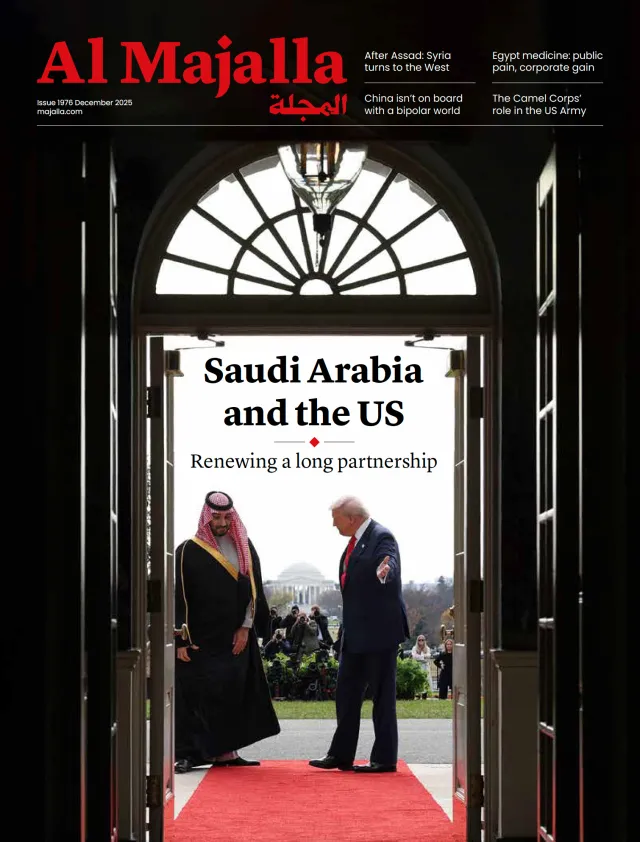The shadow of the 1938 Munich Summit loomed large over the Alaska Summit of 2025. Both Europeans and Ukrainians feared a repeat of history, doing everything within their power to prevent Donald Trump from granting Vladimir Putin in Ukraine what the British and French prime ministers once gave Hitler in Czechoslovakia 90 years ago.
That scenario did not materialise. Putin is not Hitler, and the Russian Federation is not Nazi Germany. Nor is present-day America comparable to pre-war Europe. Yet the Russian president did secure substantial gains from meeting his counterpart on American soil.
The Alaska Summit concluded without any formal agreement or declaration of a ceasefire in Ukraine, contrary to Trump’s hopes. No specific understanding regarding the war was announced. Following the summit, the American president contacted NATO leaders and Ukrainian President Volodymyr Zelenskyy, expressing his willingness to offer “security guarantees” to Kyiv and extending an invitation to Zelenskyy to visit Washington for a trilateral summit.
In reality, what went unspoken during the summit may have carried more weight than what was said. Chief among these was the symbolic gesture extended by Trump to Putin, complete with a red-carpet welcome and lavish reception at a nearby US military base, effectively ending the diplomatic isolation imposed on him since he launched war on Ukraine in February 2022.
A major global power disregarded the International Criminal Court’s arrest warrant for the Russian president. And even though neither Washington nor Moscow is a signatory to the court, this is still important.
While the summit produced no joint declaration or written agreement, the meeting had important diplomatic implications. The image of Trump with Putin, and their joint call to “end the war” without assigning blame, has been read in Moscow and beyond as diplomatic rehabilitation for a leader who invaded a neighbouring country and violated international law.




